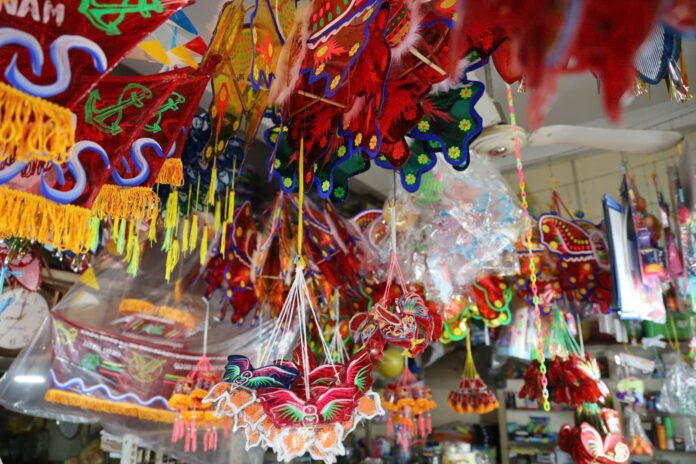Phu Binh Lantern Village, located on Lac Long Quan Street, Ward 5, District 11, Ho Chi Minh City, has long been known as the largest producer and seller of lanterns in the city.
Formed in the mid-1950s, this once-thriving village now only has 3-4 households still involved in the trade, with artisans worrying about the future of this traditional craft.
Supply Falls Short of Demand
Vo Thi Kim Nhu, a 60-year-old lantern maker and seller for over 25 years, shared that while traditional lanterns remain popular for their nostalgic and antique appeal, the number of artisans has dwindled, leading to a significant decrease in the supply of these lanterns.
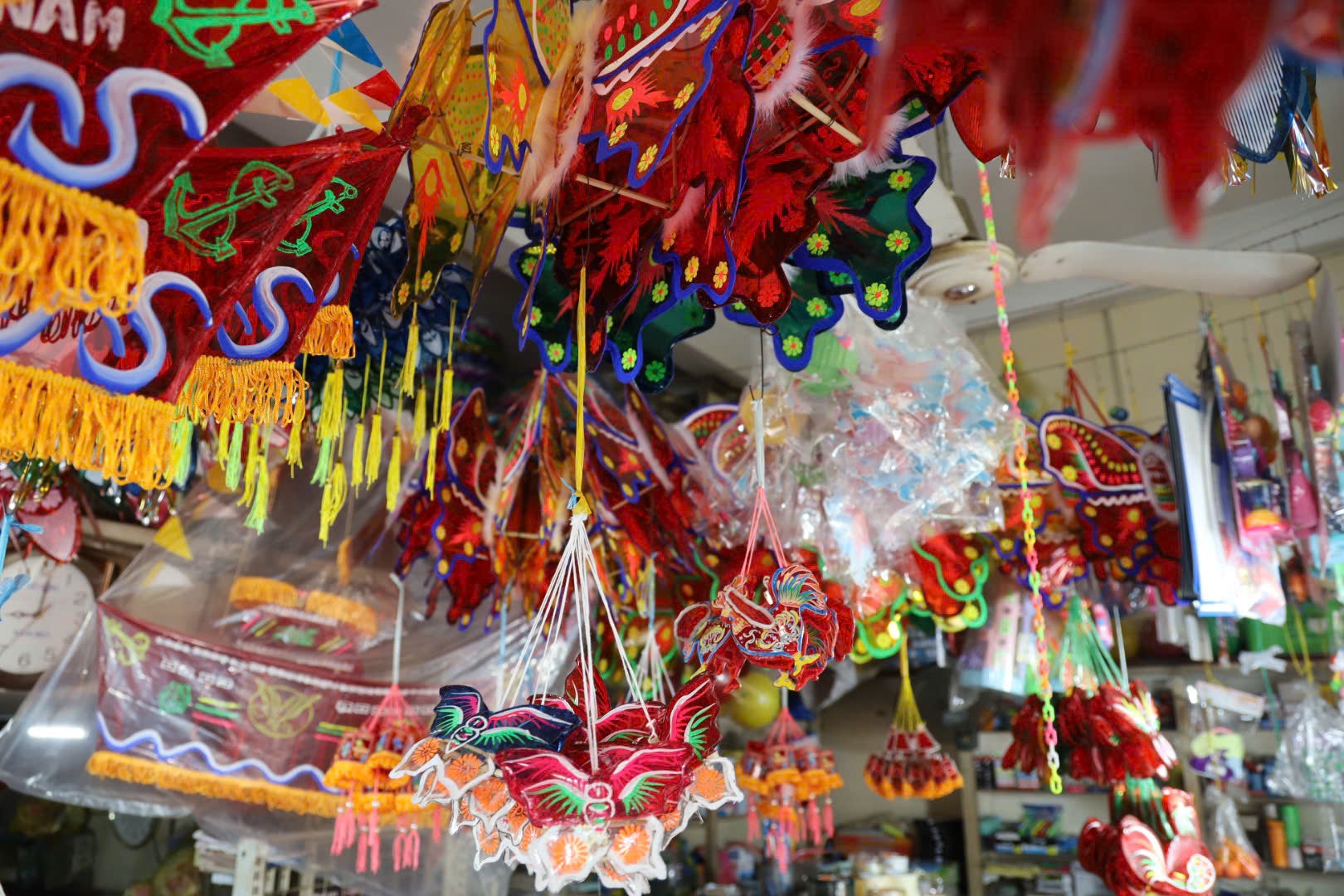
Butterfly and star-shaped lanterns are popular choices.

Butterfly and star-shaped lanterns are popular choices.
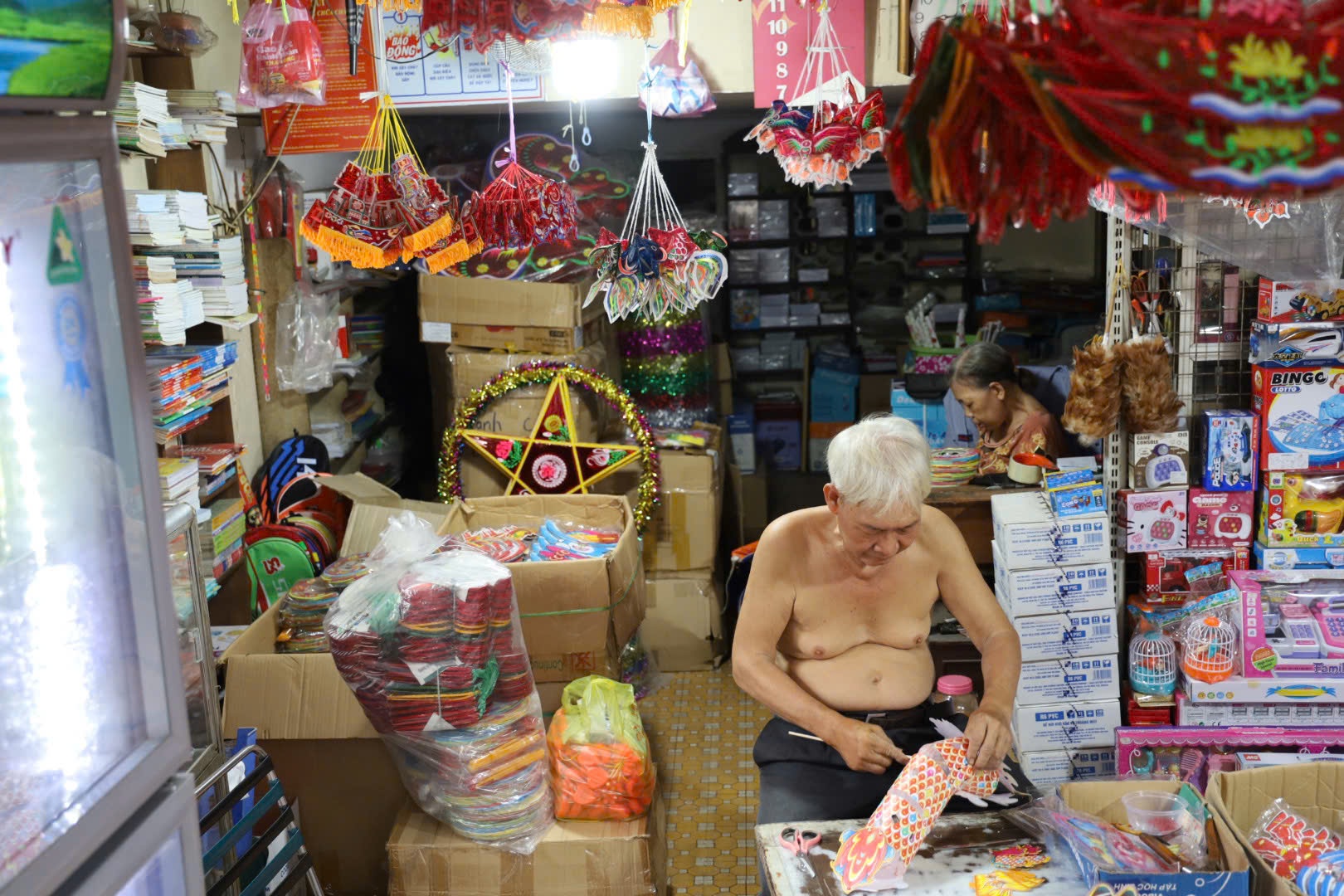
Artisans skillfully crafting paper lanterns.
Each artisan can only produce 20-30 star and fish-shaped lanterns per day. Larger custom lanterns can take up to a week to complete, given the intricate work involved.
Lanterns come in various sizes, colors, and materials, resulting in a range of prices. Smaller lanterns cost around 15,000-20,000 VND, while larger ones can fetch prices from a few hundred thousand to a few million dong.

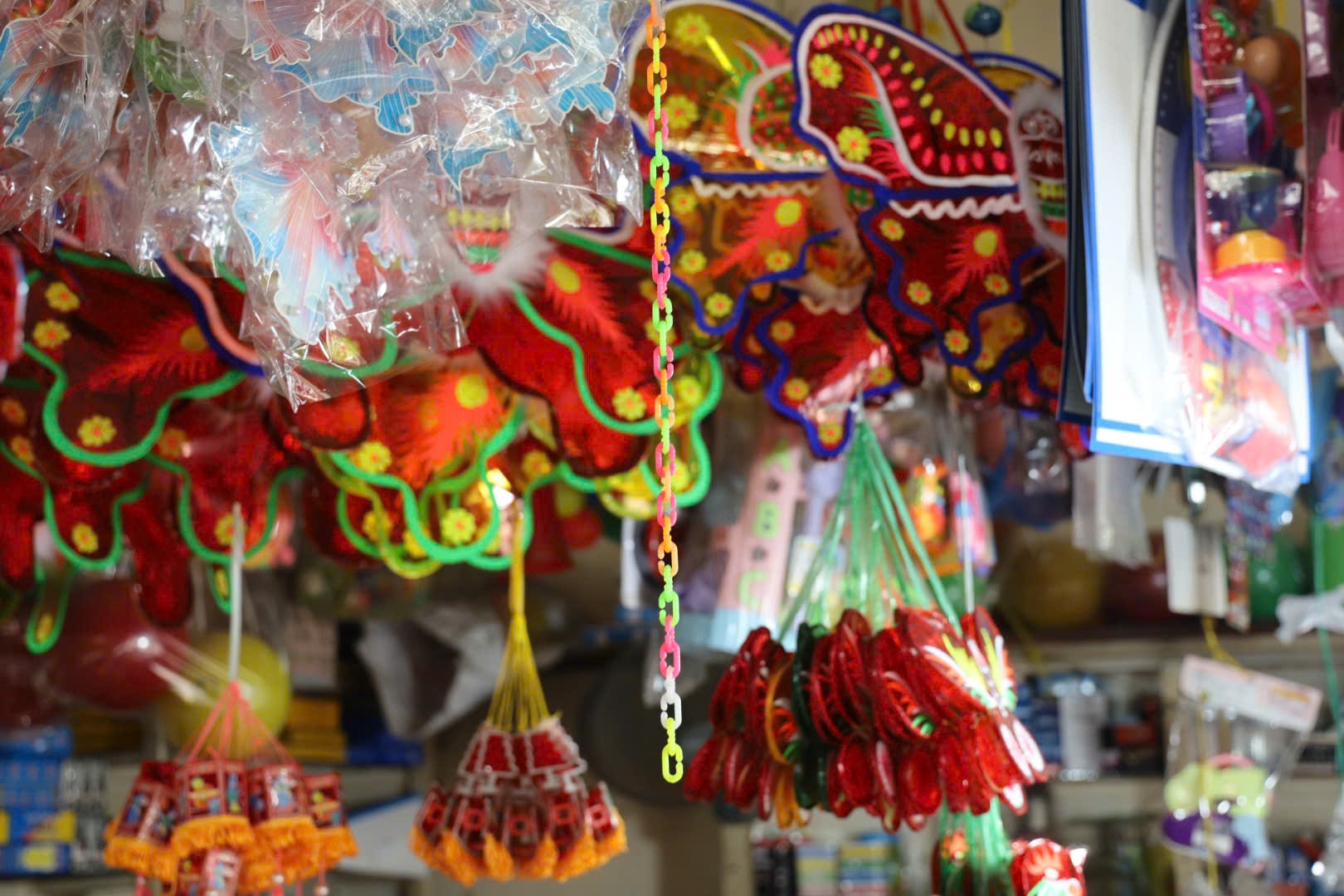
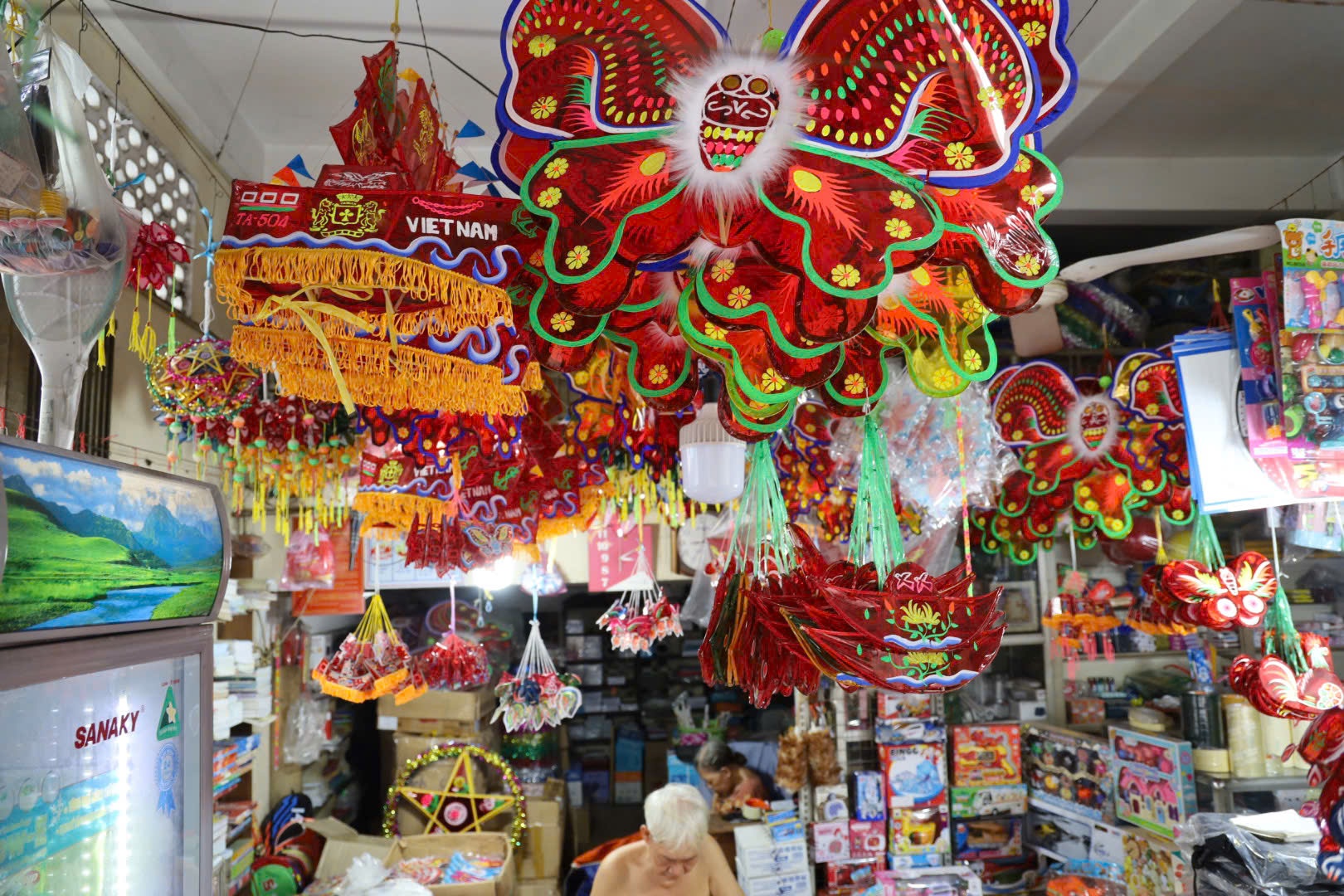

A variety of traditional lanterns on display.
“Crafting a traditional lantern involves over ten steps, from splitting bamboo and shaping wire to forming, gluing paper, and painting patterns,” explained Ms. Nhu. “Aside from selecting the right materials, one must also choose paper with the right level of gloss. However, the true test of a lantern’s beauty lies in the skill and artistry of the maker.”
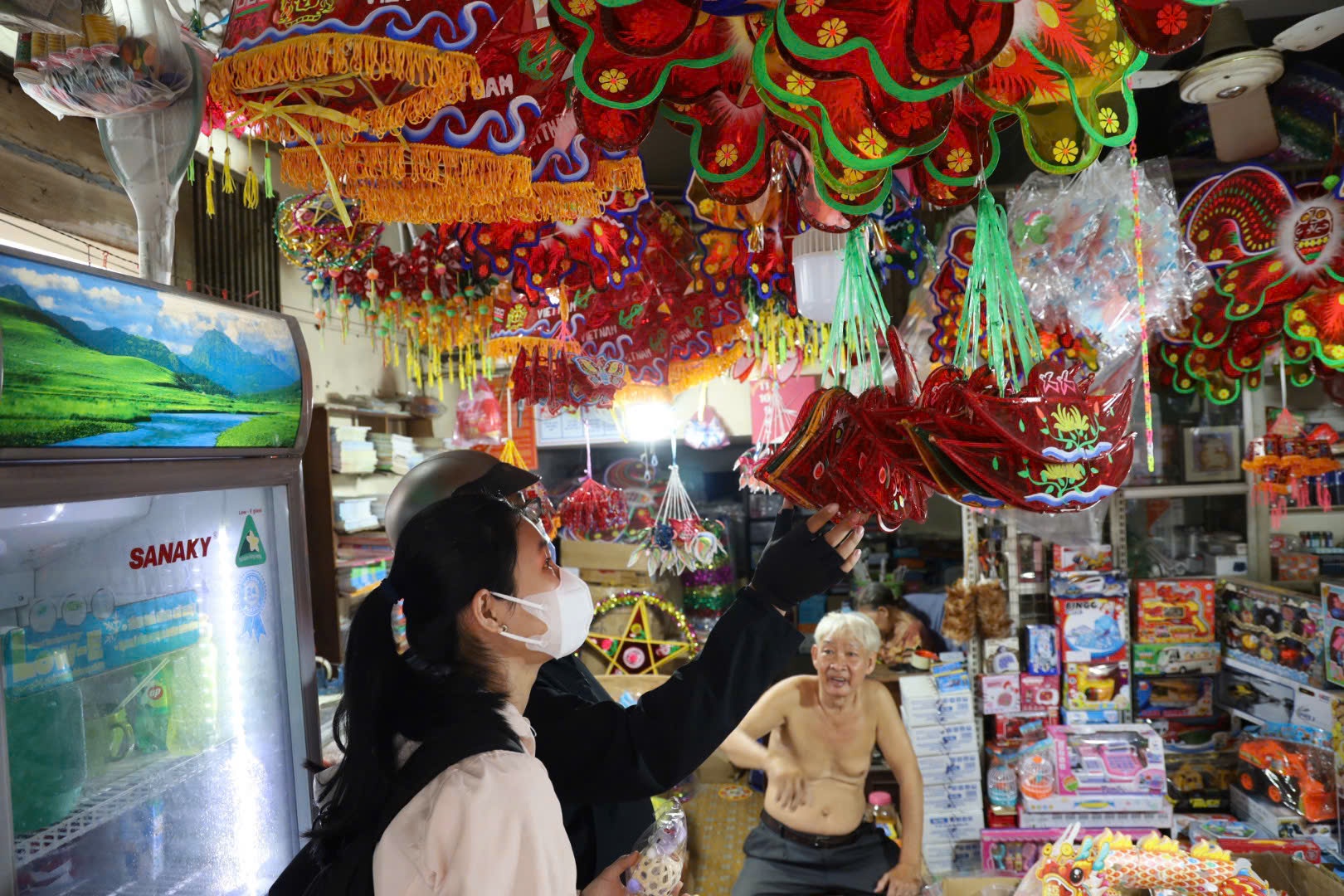
Customers browse the selection of traditional lanterns.
Ms. Nhu reminisced about the past when hundreds of households were engaged in the trade. During the Mid-Autumn Festival, the entire village would be awash in red paper, creating a stunning visual spectacle. However, over time, older artisans retired, and younger generations showed little interest in continuing the tradition.
Regarding this year’s business, Ms. Nhu shared that sales have been sluggish so far. Orders from charities and schools, which were once a significant source of revenue, have yet to materialize, and most of their sales are coming from other provinces.
A Dying Art
Nguyen Quoc Binh, a 68-year-old lantern maker with over 30 years of experience, expressed concern about the gradual decline of this traditional craft. He attributed this partly to the lack of successors, as younger generations seem to lack the passion for creating traditional lanterns.
According to Mr. Binh, the seasonal nature of the trade, with lanterns primarily sold during the Mid-Autumn Festival, and the unpredictable pricing have made it less appealing to younger family members as a long-term career choice.
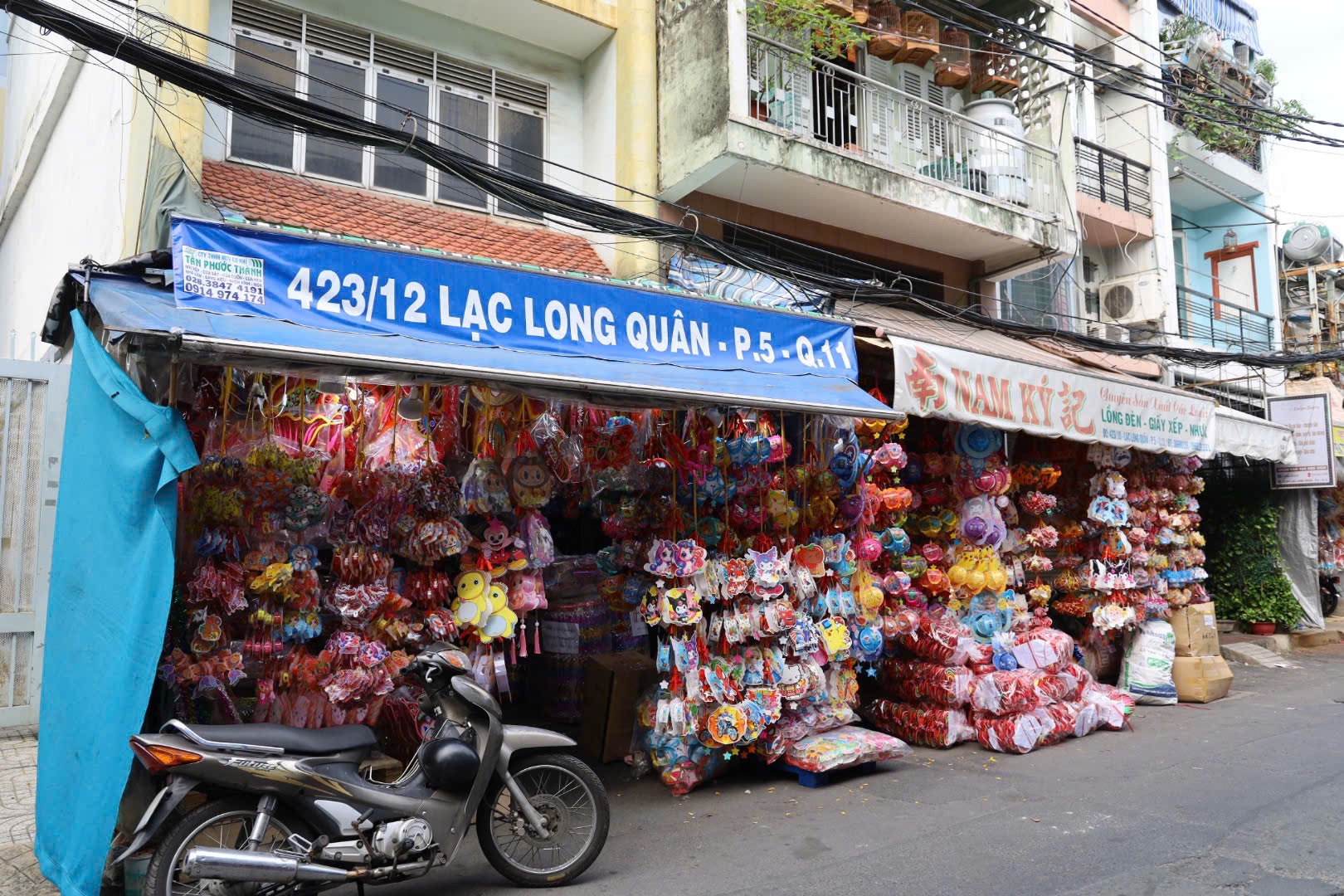

Artisans worry about the lack of successors to carry on the tradition.
“This trade is only active from the sixth lunar month until the Mid-Autumn Festival,” Mr. Binh shared. “Pricing can be unpredictable, and there have been years when we couldn’t sell our lanterns. As a result, many young people opt for more stable careers, and those who do choose this path often need a secondary source of income.”

When asked about the future of this once-vibrant trade, Mr. Binh’s eyes saddened with worry. He inherited the trade from his father, and it seems that it will end with him. “In a few years, I won’t have the strength to continue,” he said. “I hope that younger generations will take an interest and keep this long-standing tradition alive in Ho Chi Minh City. I’m willing to teach anyone who wants to learn.”
The artisans shared their concerns about the increasing presence of mass-produced paper lanterns with plastic frames in the market. These modern lanterns, with their diverse designs and affordable prices, are threatening the market share of traditional lanterns.
Proposed Planning for Adding 2 New Cities in Ho Chi Minh City
According to Architect Ngô Viết Nam Sơn, Ho Chi Minh City should consider planning two cities within the city in the south and north.
Three Economic Growth Scenarios for Ho Chi Minh City in Q1 2024
At the socio-economic meeting reviewing the results of January and setting the goals for February 2024, held this morning (1/2), the Ho Chi Minh City Institute for Research and Development has presented three economic growth scenarios for the first quarter of Ho Chi Minh City.


























